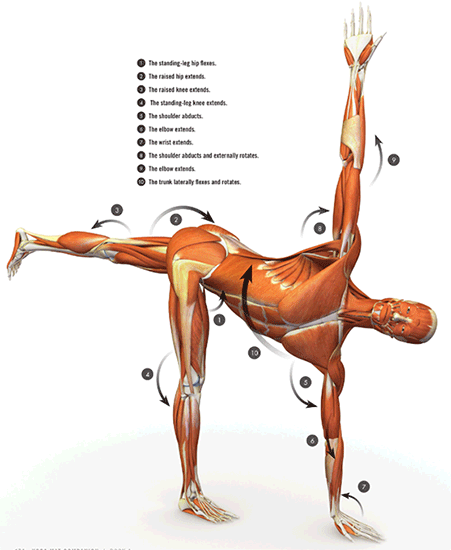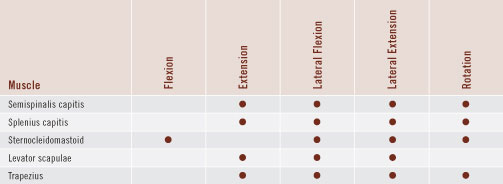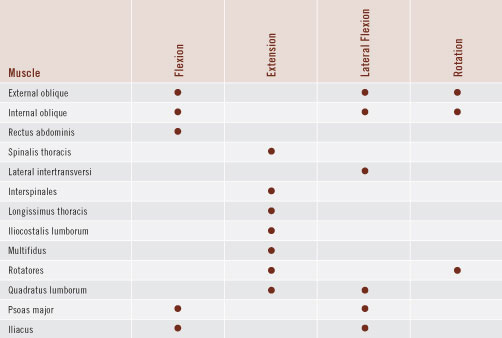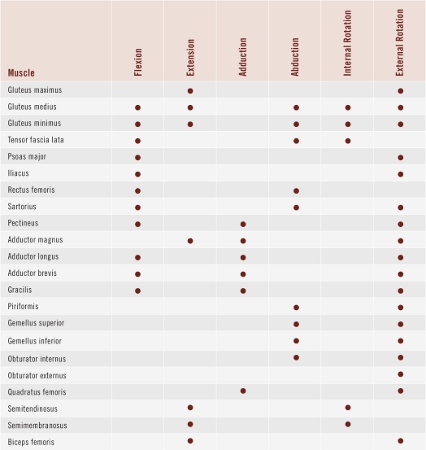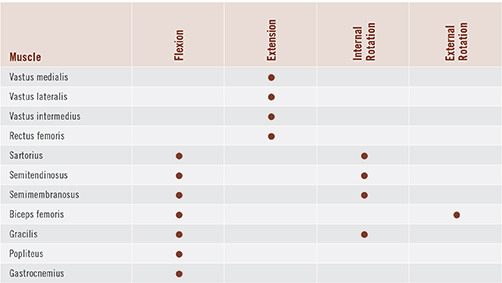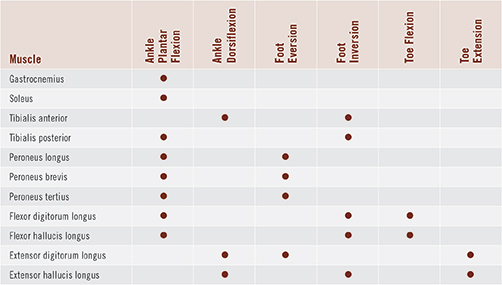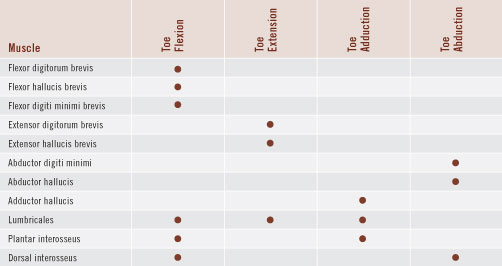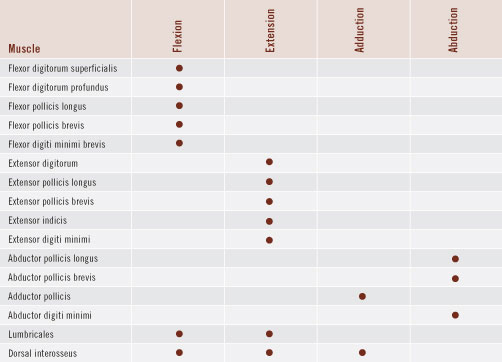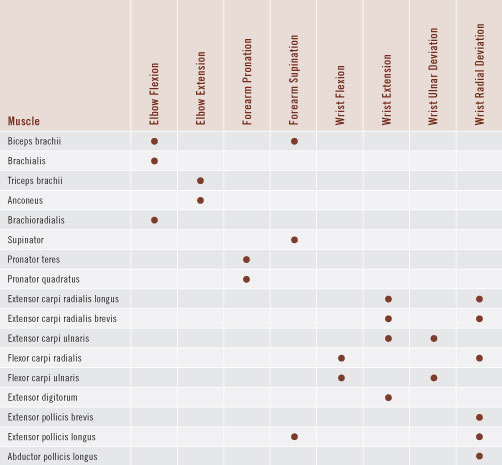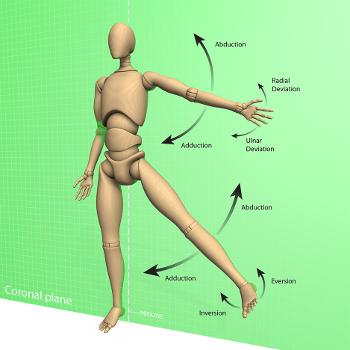
Movements of the body have specific names. It is important to learn these names, both for teaching others yoga and for analyzing the muscles that produce the positions of the body. As a yoga teacher, it is always better to communicate your instructions in terminology that students can easily understand. Know the scientific names of the movements and have clear explanations to describe the movements in layperson’s terms. Make your instructions as precise and uncomplicated as you can.
Remember that muscles contract to position the joints and appendages in the pose. If you know the joint positions, you can analyze which muscles to engage to produce the asana. With this knowledge comes the ability to use precise cues to communicate how to sculpt and stabilize the body in the pose, stretch the correct muscles, and create bandhas. Thus, unlocking the asana begins with a clear understanding of body movements.
There are six basic movements of the body: Flexion, Extension, Adduction, Abduction, Internal Rotation, and External Rotation. These movements take place in three planes, as shown here. The anatomic position is the reference point to define the direction of movement.

CORONAL PLANE: divides the body into front and back. Movements along this plane are called adduction and abduction. Adduction moves the extremity towards the midline and abduction moves the extremity away from the midline.
SAGITTAL PLANE: divides the body into right and left. Movements along this plane are called flexion and extension. Flexion usually moves the extremity forward (except at the knee, where it moves it backward). Extension moves the extremity backward.
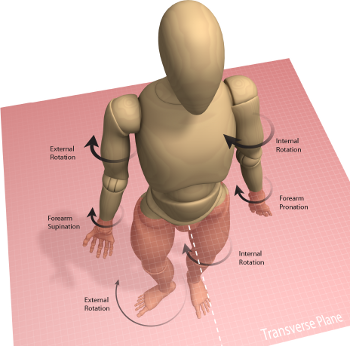
TRANSVERSE PLANE: divides the body into upper and lower halves. Movement along this plane is called rotation. Rotation is further classified as internal (towards the midline) and external (away from the midline). Internal and external rotation are also referred to as medial and lateral rotation, respectively.
Parivrtta Ardha Chandrasana and Utthita Parsvakonasana are presented as examples of how to analyze the basic joint positions in a yoga pose. The order represents the sequence of movements that create the form of the pose.
